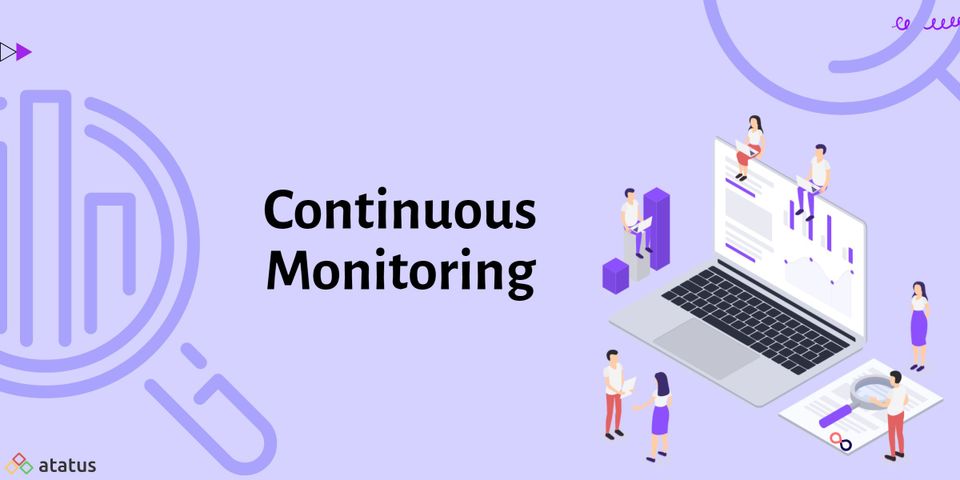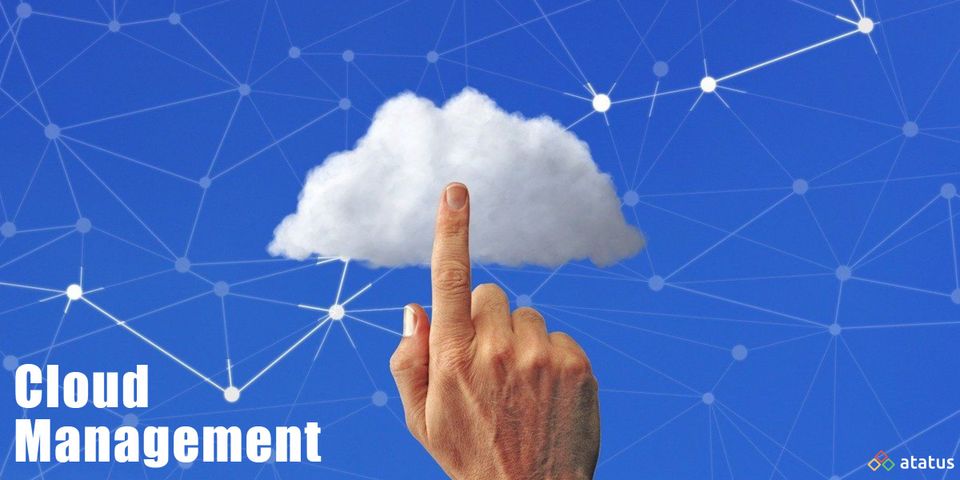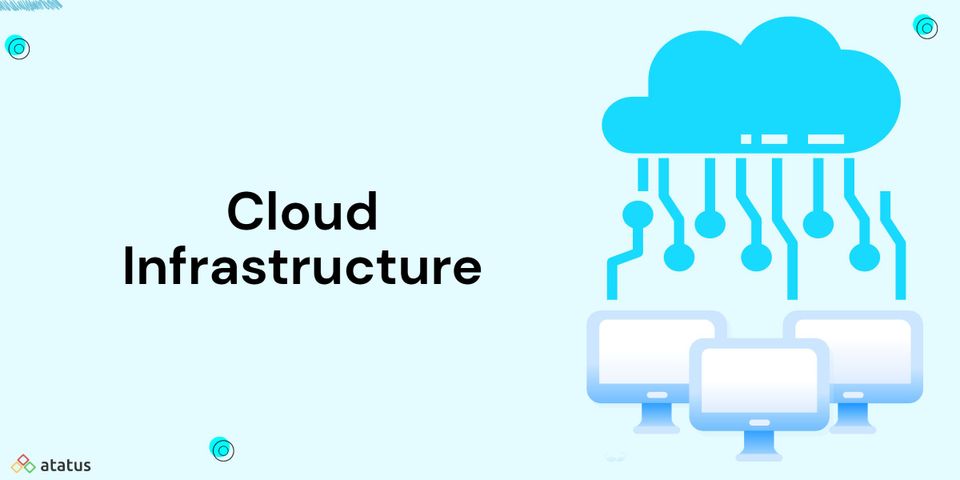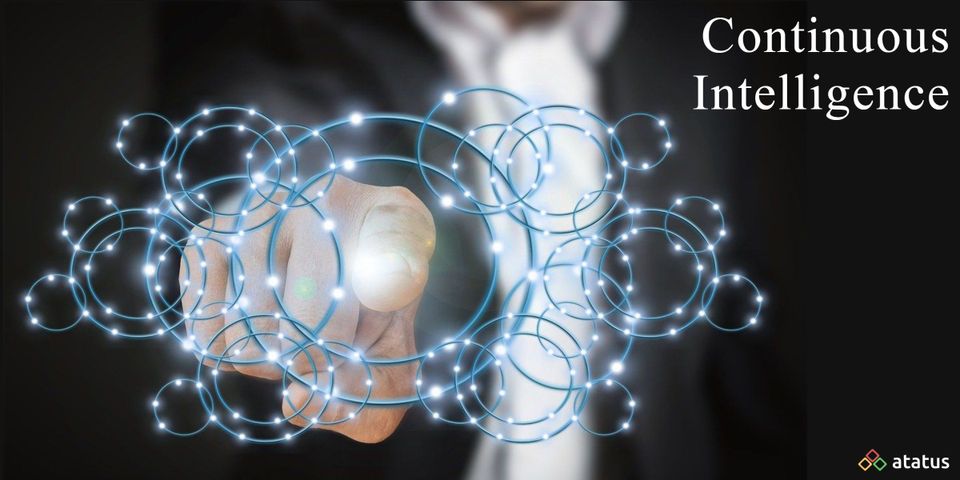At any time, businesses all around the world expect complete transparency in their operations. This is critical for businesses to be able to adapt to changes in the environment, regulations, and their own structure. Organizations are unable to recognize, resolve, or comprehend critical insights on specific hazards due to a lack of continuous monitoring.
We will go over the following:
- What is Continuous Monitoring?
- Why Continuous Monitoring is Important?
- Types of Continuous Monitoring
- How to Implement Continuous Monitoring?
- Benefits of Continuous Monitoring
- Tools for Continuous Monitoring
What is Continuous Monitoring?
In the DevOps and IT operations lifecycles, Continuous Monitoring is a mechanism for monitoring and identifying compliance and security risks. Continuous monitoring and observability can be regarded as the DevOps pipeline's final phase. This is one of the most important aspects of the DevOps lifecycle, as it will aid in genuine efficiency and scalability.
Continuous Monitoring will alert the development and quality assurance teams if particular issues arise in the production environment after the software has been published. It gives feedback on what's going wrong, allowing the appropriate individuals to get to work on fixing the problem as quickly as feasible.
Continuous Monitoring aids IT companies, particularly DevOps teams, in obtaining real-time data from public and hybrid environments. This is especially helpful when it comes to implementing and strengthening security procedures like incident response, threat assessment, computer and database forensics, and root cause analysis. It also aids in providing broad feedback on the IT setup's overall health, including remote networks and installed software.
Continuous Monitoring can also be defined as the use of analytics and feedback data to ensure that an application's functioning, configuration, and design are accurate. In addition, continuous monitoring leverages analytics and feedback data to ensure proper transaction processing and identify an application's underlying infrastructure.
Why Continuous Monitoring is Important?
Continuous monitoring, also known as ConMon or Continuous Control Monitoring (CCM), gives security and operations analysts real-time data on the entire health of IT infrastructure, including networks and cloud-based applications.
Continuous monitoring can also be used to keep track of an application's operational performance. IT operations analysts can utilize a continuous monitoring software tool to identify application performance issues, determine the fundamental causes, and implement a solution before the issue causes unplanned application downtime and revenue loss.
Continuous monitoring can also be used by IT companies to track user behaviour, particularly in the minutes and hours after a new application update. IT operations teams can employ continuous monitoring tools to see if the upgrade had a good or negative impact on user behaviour and the overall customer experience.
The ultimate purpose of continuous monitoring is to give IT organizations with near-instant feedback and insight on network performance and interactions, which aids operational, security, and business performance.
Types of Continuous Monitoring
There are three main categories of continuous monitoring such as:
- Infrastructure Monitoring
Monitors and manages the IT infrastructure that allows products and services to be delivered. This includes things like data centres, networks, hardware, software, servers, and storage. Infrastructure Monitoring collects and analyses data from the IT ecosystem in order to maximize product performance. - Application Monitoring
Monitors the performance of deployed software using metrics such as uptime, transaction time and volume, system responses, API responses, and the back-end and front-end's overall stability. - Network Monitoring
Monitors and tracks network activities, including firewalls, routers, switches, servers, virtual machines, and other devices. Network monitoring detects potential and current issues and notifies the appropriate personnel. Its main objective is to prevent network outages and breakdowns.
How to Implement Continuous Monitoring?
IT organizations can successfully monitor network traffic, spot anomalies or suspicious patterns of behaviour, and develop actionable insights due to software manufacturers' robust and diverse solutions. The process of implementing a continuous monitoring software solution can be broken down into three simple steps:
#1 Determine the Scope of Your Implementation
Your business focus, functions, and goals will determine how you adopt continuous monitoring. Different industries would have to keep track of different components of their infrastructure. Limit your installation to your most critical business processes, especially those that include sensitive or proprietary data.
- Risk Assessment
Each asset that an IT organization seeks to secure should be assessed for risk, with assets being classified depending on the risk and potential consequences of a data breach. Higher-risk assets will necessitate more stringent security controls, whereas low-risk assets may not. - Security Control Applications
The security controls that will be implemented to each IT asset should be determined by the IT organization. Passwords and other types of authentications, firewalls, antivirus software, intrusion detection systems (IDS), and encryption techniques all are should take care of security controls.
To decide which processes should be monitored, conduct a security risk analysis to assess and prioritize your threats. The systems, applications, and processes you choose to track should give you enough information to improve your entire environment.
#2 Choose from Out-of-the-box and Custom-built Options
Remember that while you can customize solutions to meet your individual needs, developing and maintaining them will take significant financial resources and a devoted team. If you're considering an out-of-the-box solution, think about how customizable it can be to accommodate your DevOps environment's growth and changing needs.
Choosing the tools that your complete team will use, whether you go with a purchased or custom-built solution, will require some investigation as you match your demands to the alternatives available.
An easy-to-use dashboard, full-stack application monitoring, in-depth analysis, a short learning curve, real-time performance measurements, decision-making tools, troubleshooting, and wide availability are all key elements of a solid continuous monitoring platform.
- Software Tool Configuration
As the IT organization coordinates the appropriate security measures to protect critical information assets, it can begin configuring a continuous monitoring software solution to collect data from those security control applications.
Log aggregation is a function of CM software solutions that aggregates log files from applications deployed on the network, including security applications in place to protect information assets. These log files record all events that occur within the application, including the identification of security threats and the monitoring of critical operational indicators.
#3 Continue to Iterate on Your CM Processes
Every phase of the DevOps process requires feedback and assessment. In order for assessments to be effective, collected data must be evaluated on a regular basis so that operations analysts and developers can measure and track security, operations, and business-related issues.
The ultimate purpose of continuous monitoring is not to collect data from throughout the IT infrastructure. With millions of data points collected and centralized each day through log aggregation, information must be examined on a regular basis to see if there are any security, operational, or business issues that require human intervention.
Many IT companies are now using big data analytics technologies like artificial intelligence and machine learning to analyse enormous volumes of log data and identify trends, patterns, and outliers that suggest aberrant network activity.
Benefits of Continuous Monitoring
IT companies that acquire the ability to monitor their IT infrastructure and security controls in real-time might gain a major competitive edge over competitors who continue to analyse data in batches or on a periodic basis. The following are the main benefits of continuous monitoring:
- Improve Network Transparency and Visibility
By automatically collecting and analysing data to reflect possible outages and critical trends, continuous monitoring provides DevOps teams with clarity on the state of the IT infrastructure. - Reduce System Downtime
Consistent system monitoring and timely, appropriate warnings assist in maintaining system uptime by raising the alarm when a service outage or application performance issues occur. - Allows for Quicker Responses
Implementing an alert system that instantly alerts the appropriate personnel the moment an IT event occurs is a key part of continuous monitoring. This allows for quick response to security risks or functional stop-gaps, limiting harm and allowing for speedier system restoration to optimal levels of functioning. - Supports with Healthy Business Performance
Reduced system downtime also reduces the negative impact on customer experience, protecting the company from financial and credibility losses. As previously indicated, Continuous Monitoring solutions may be used to track user reactions to software upgrades, which is beneficial to a variety of departments, including development, QA, sales, marketing, and customer service.
Tools for Continuous Monitoring
Our top seven picks for the best continuous monitoring tools for your project are as follows:
- Atatus – It provides comprehensive transaction diagnostics, performance control, root-cause diagnosis, server performance, and transaction tracing all in one location.
- Dynatrace – It isn't available as specialized modules apart from the OneAgent component, the application performance management system incorporates infrastructure monitoring and user experience tracking.
- New Relic – Its dashboard will include all of the necessary data, such as response times, throughput metrics, and error rates, as well as figures and time-sampled graphs.
- AppDynamics – This software continuously monitors and collects historical data from your application, allowing it to create a performance baseline.
- Datadog – It tracks every request and monitors events all the way down the application stack to ensure that an application is delivered on time.
- Retrace – It's designed to provide you with visibility, data, and actionable insights about the performance and challenges of your application.
- Loupe – One of the most useful functions is the automatic grouping of your log events, which saves you time while looking for the root of an issue.
Best Application Performance Monitoring Tools on the Market - Read to know more about the tools.
Conclusion
The world of IT is evolving as a result of continuous monitoring. It delivers environment-wide visibility into security incidents, compliance risks, and performance issues when integrated across all aspects of your DevOps lifecycle. Monitoring tools provide early feedback, allowing development and operations teams to respond quickly to incidents, resulting in less system downtime.
Monitor Your Entire Application with Atatus
Atatus provides a set of performance measurement tools to monitor and improve the performance of your frontend, backends, logs and infrastructure applications in real-time. Our platform can capture millions of performance data points from your applications, allowing you to quickly resolve issues and ensure digital customer experiences.

Atatus can be beneficial to your business, which provides a comprehensive view of your application, including how it works, where performance bottlenecks exist, which users are most impacted, and which errors break your code for your frontend, backend, and infrastructure.





